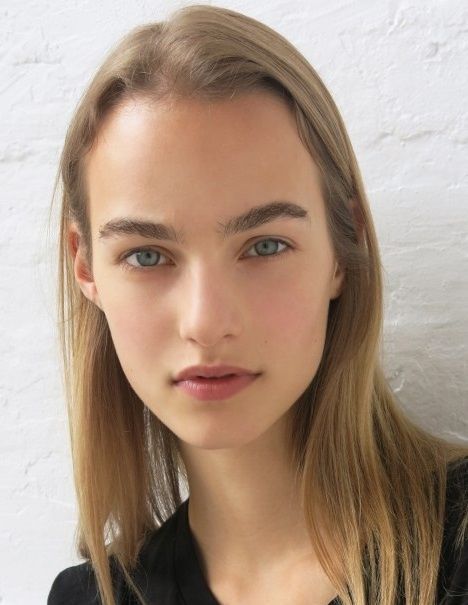

Portraits can be registered as trademarks In the second half of 2023 the European Trademark Office (EUIPO) refused to register a number of trademarks consisting of portraits of well-known Dutch fashion models. The Office stated that a portrait was not sufficiently distinctive for trademark registration. All cases were taken to appeal and, as was expected, the Appeal chamber of the EUIPO quashed the decision to refuse the applications and stated categorically that portraits are sufficiently distinctive to be registered at EUIPO as trademarks. In the Benelux we have a somewhat different situation. The Benelux Office acknowledges that a portrait can be a trademark, but it has to be distinctive. In the case of fashion models, they have to be well known. And if that is the case, they can only say their portraits are distinctive for services in classes 35 and 41. Alternatively, the portrait should be memorable for some reason, like Donald Trump's hair or the nose of Barbara Streisand. In order to support this view the Benlux Office states that there is a difference between being able to recognize a portrait, and the portrait being able to distinguish goods or services. Just because someone can be recognized doesn't mean the portait is capable of distinguising goods or services. We do not agree with these statements. In the first place a trademark is defined as a sign that can distinguish the goods of one company from those of another company. The sign does not have to actually distinguish them. Therefore, there is no reason to demand that a model is well known in order for her portrait to be protected. The law is concerned with whether a sign can in theory distinguish the origin of goods or services, not whether it actually does so or not. The position of the Benelux Office is like saying that a word mark can only be protected if it is well known. We are pleased with the EUIPO decisions and hope the Benelux Office will take something positive from them.

A supermarket chain with shops in Wales and Ireland filed applications for the name ICELAND and a logo containing the name ICELAND at the European Trademark Office. The government of Iceland filed objections to the applications, stating that a geographical name cannot be a trademark. Otherwise consumers could be misled as to the origin of the goods. The "Grand Board" of the EUIPO has now decided that the objections were well-founded. The Grand Board stated that the name of a place can be a trademark, but not if everyone knows the name or if it associated with the goods or services for which protection is being requested. Back in 1999 the European Court of Justice decided in the CHIEMSEE case (Chiemsee is the name of a lake in Bavaria, Germany) that the name of a place cannot be protected if it is associated by consumers with specific goods or services, or if there is a chance that the name will be associated with those goods or services in the future. Otherwise there is no reason why a place name should not be protectable. The ICELAND decision led to refusal of the applications because the name is well known and can be associated with the goods concerned, namely a wide range of food products which could in theory be the produce of the country ICELAND. In effect the ICELAND decision has largely confirmed the CHIEMSEE decision from 1999. When choosing a trademark, always check whether it is a geographical name. The examiners certainly will!

Parody or Infringement? The US Supreme Court is dealing with a case brought by the famous distillers Jack Daniels against the manufacturer of a dog chew product mimicking the famous Jack Daniels bottle and label. The dog chew makes fun of nearly all elements of the mark. Where the whiskey product mentions "40% alcohol" the dog chew states "43% dog poo". Jack Daniels argues that the dog chew can damage the reputation of its mark. The dog chew manufacturer says it is simply a parody and that Jack Daniels should be able to take a joke. The Supreme Court will tell us who is right. Whilst the US and European trademark systems differ greatly we believe that their interpretations of parody will not differ much. The idea of comparative advertising, however, and the degree to which one may allude to a competitor's mark in a negative manner, do differ greatly. However, in this case there is no question of comparisons or competition.